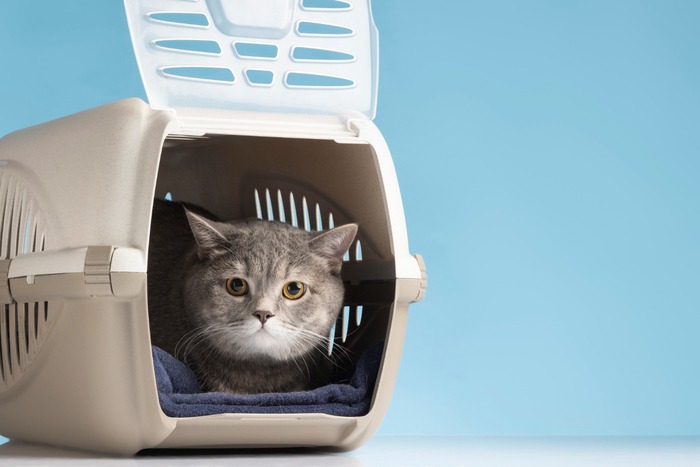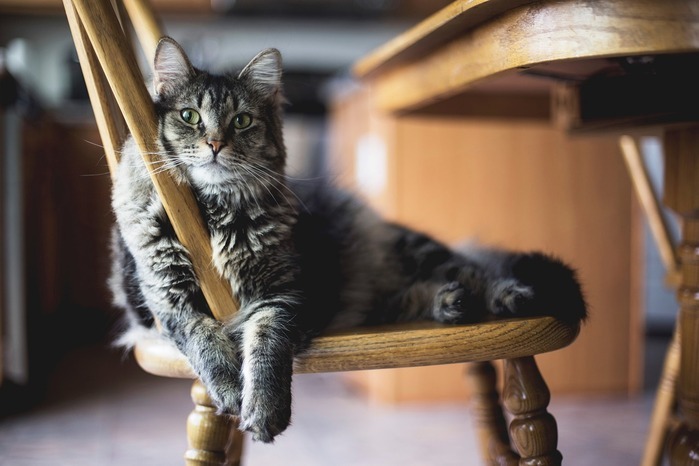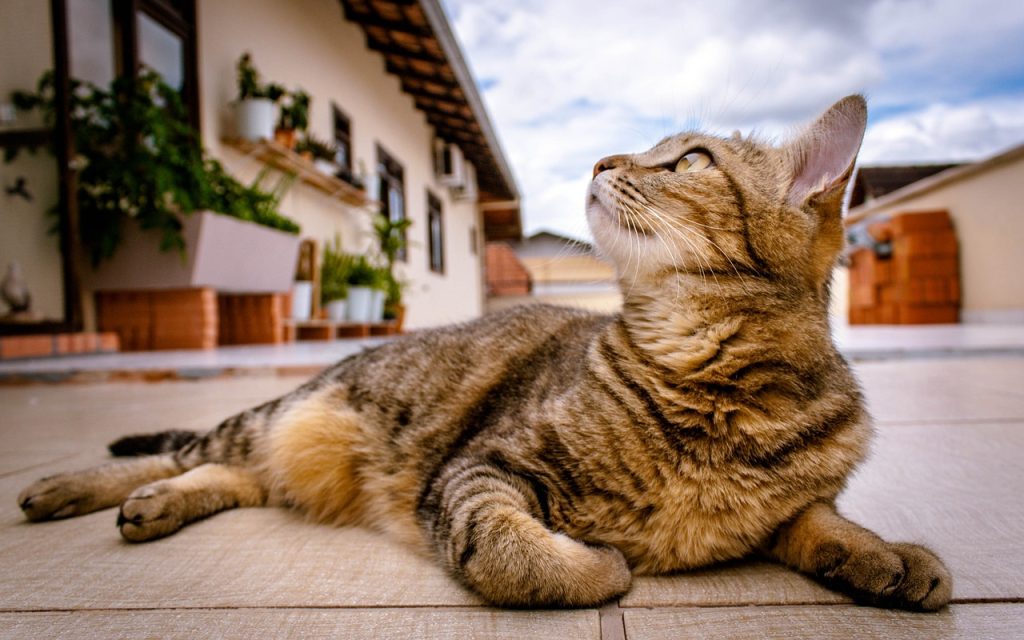5 Tips for Traveling with a Cat Litter Box (Safety Included)
We independently research, review, and recommend the best products—If you buy something through our links, we may earn an affiliate commission.

Are you planning a road trip or vacation with your feline companion?
Traveling with a cat can seem daunting. Especially when it comes to the litter box part. But with a little bit of preparation and planning, it can be done successfully.
What to do before travelling with a cat litter box?
Here are some useful tips to help make your journey with your cat stress-free:
- Use a travel litter box.
- Train your cat to use the carrier.
- Help your cat feel more comfortable during the ride.
- Keep the same litter type.
- Stop feeding your cat 4 hours before you hit the road.
1. Choose the Right Litter Box
When it comes to traveling with a cat litter box, size and weight are important factors to consider. You’ll need a litter box that is lightweight and easy to transport.
A collapsible or foldable litter box can be a great option. This will make it easy to pack and transport without taking up too much space in your car or suitcase.
Some people may prefer disposable litter boxes in case this is a one-time thing. This might work only on short trips. Otherwise, they’re not very performant when it comes to liquid absorption.
2. Prepare your cat for travel
To help your cat adapt to the carrier. You can start by introducing it to your cat and letting him get used to it. You can then take them for short rides and see how they behave.
This will help them get acquainted with the carrier. It will help you notice if they ever have any anxiety issues while moving out of the house.
3. Help your cat feel at home
Travel can be stressful for cats. So, it is important to keep your cat as calm as possible. You can do this by providing familiar items, such as their favorite toys. You can also put some of your clothes inside.
If none of the above is working, you can spray Feliway on the carrier. This will help your cat feel more at ease and less stressed during the ride.
4. Do not use a different litter type
Cats do not handle sudden changes very well. That is why our main goal is to stimulate their casual environment as much as we can. And using the same litter is crucial in order for them to use the travel litter box.
5. No food before you hit the road
This is a general rule before traveling. Veterinarians recommend you withhold any nutrition for 4 hours before your flight or ride. This will relieve them from having to use the litter box frequently. It will also prevent them from suffering motion sickness.
Safety Guidelines
The Center for Pet Safety recommends putting the cat carrier on the floor of the vehicle behind the front passenger or driver seat. They also advised against buckling up the carrier unless the manufacturer provides you with a crash test video to illustrate structural integrity. This is immensely important for your safety and the well-being of your cat.

Frequently Asked Questions
According to the 2022 ISFM/AAFP Cat Friendly Veterinary Environment Guidelines published in the Journal of Feline Medicine and Surgery, the litter box should be 1.5 times the length of your cat from the nose to the tip of the tail. Whereas the width should be equivalent to your cat’s length, the tail is not included. A cat that is about 18 inches long needs a litter box that measures 27” long by 18″ wide. A litter box that most likely doesn’t exist out there. That is why it is best to select the largest and nicest litter box for your beloved cats.
It is recommended that you use a maximum of 2 inches to 4 inches of litter in your litter box. If there are numerous cats using the litter box, you’ll need 3 to 4 inches of litter to absorb all that urine and clump around.
In fact, anything less than 2 inches will cause unpleasant odors to develop as well as a high probability of inappropriate elimination. On the other hand, too much litter will lead to a mess since most cats will simply kick it outside.
Research was conducted and published in the Journal of Feline Medicine and Surgery regarding this subject. The results showed that out of 28 different cats, 4 showed a preference for covered litter boxes and 4 for open litter boxes. The rest of the cats were happy to use any type of box they provided as long as it was well-cleaned.
This only shows that our cats have unique preferences, and only by getting to know them will we be able to fulfill their needs in the best way possible.
If you have one cat at home, you’ll most likely need to change clumping cat litter every 2–3 weeks. However, if you’re using a non-clumping litter, you’ll have to change the litter completely twice a week.
If you have an automatic litter box, you can perform a deep cleaning once a month. Unless, of course, there is a problem of feces scattering or building up inside the litter box. You will need to clean it more often in that case.
If you have a manual litter box, the litter should be scooped and cleaned at least twice a day.
Cats love to have their cat litter boxes in a corner that is calm, private, and accessible. You’ll also need to keep food away from this spot in order to leave this space dedicated to sanitary activities.



